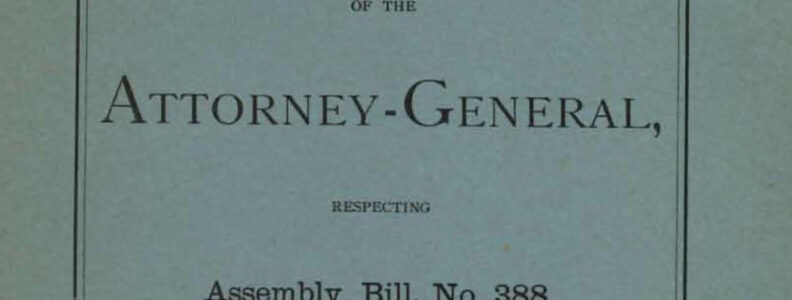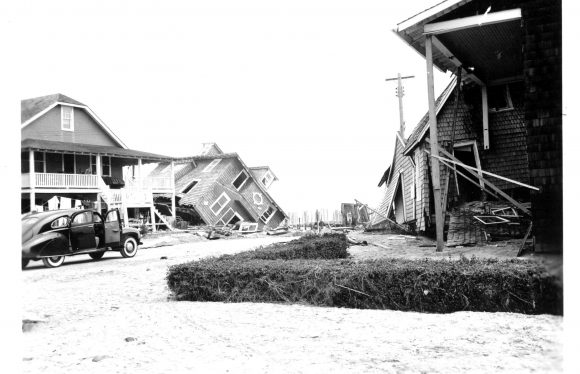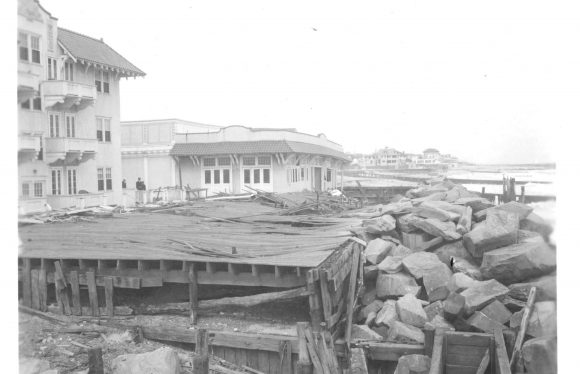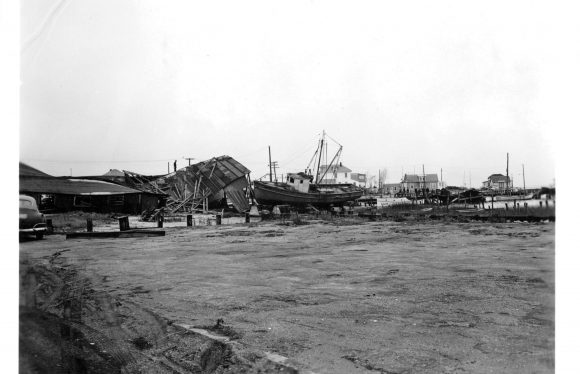Embark on a journey through the New Jersey State Library Digital Collections, where curiosity meets exploration, and where your intuition can lead to discovery. The newly digitized collection of Annual Reports of the Port Authority of NY & NJ provides an excellent example of how even the most practical of government documents can spark curiosity and reveal fascinating stories.

The Port Authority of NY & NJ, originally called the Port of New York Authority, was established in 1921 to oversee the complex transportation infrastructure of the region. While the Annual Reports in this collection provide empirical data such as financial statements and performance metrics, outlining goals and operational achievements, you can also find embedded historical narratives in the photos and written reports. Many of these photos hide stories with deeper layers, offering glimpses into captivating narratives from the past.
Alice Jean May Starr

Consider this photo of Alice Jean May confidently occupying the pilot’s seat at Teterboro Airport. Here, she is celebrated as the victor in a 1950 all-women’s pilots’ race and also dressed for work as a secretarial employee. Although not mentioned in the photo’s caption, through a little research, we learn that Alice Jean, or AJ as she was known, was one of the pioneering Women Airforce Service Pilots (WASPs), who flew military aircraft in non-combat operations during World War II.
WASPs answered the call to serve and filled critical wartime needs as civil service employees trained as pilots. In the early days of aviation, they were part of a group of trailblazers in the skies, who were then tethered by society’s expectations.
In a New York Times article, using her married name Alice Jean Starr, AJ discusses the challenges she faced following the end of WWII and the disbandment of the WASPs in 1944, stating “We wanted to keep flying in the worst way, but it was not to be.” She speaks to the duality depicted in this Annual Report photo, taken when she worked for Mallard Air Service out of Teterboro Airport, saying “I flew for them, but I also got stuck doing secretarial work because it was expected of me.” This photo and its caption serve as a poignant reminder of both AJ’s triumphs as a pilot and the societal barriers she faced.

Other articles found using ProQuest New Jersey Newspapers database note AJ’s flying achievements before and after her time as a WASP. In 1940, she earned her pilot’s wings at Sky Harbor in Carlstadt, NJ as the first female seaplane pilot of the Women Flyers of America. After WWII, she became an active member of the Ninety-Nines, the International Organization of Women Pilots, and competed in and won air races.
Women Airforce Service Pilots

Alice Jean May Starr was one of over 1,000 women who served in the WASPs from 1942-1944. While at Teterboro Airport, AJ also worked with Kay Brick, another WASP, who graduated as part of the earlier “Unruly Third” (43-W-3) class. Kay was a squad commander, a president of the Ninety-Nines and went on to be inducted into the Aviation Hall of Fame and Museum of New Jersey. AJ graduated among the fourth group of WASPs, class 43-W-4, which also included Hazel Ying Lee. Hazel, a cherished member, was the last of 38 WASPs to die in service, highlighting their enduring legacy.
Shockingly, the U.S. military classified WASPs as civilians. Those who died in service, like Hazel, were not recognize and faced financial hardships even in death. The WASPs were finally granted military veteran status in 1977 (Public Law No: 95-202) and honored with the Congressional Gold Medal in 2010 (Public Law No: 111-40). In 2016, H.R. 4336 was passed, allowing WASPs the honor of being buried in Arlington National Cemetery with other military veterans.
Explore the New Jersey State Library Digital Collections
The New Jersey State Library Digital Collections provides free and easy access to NJ government publications and other NJ-related materials. We encourage you to feed your curiosity and explore our ever-growing digital library to uncover a treasure trove of historical narratives and connections.
Our collection of Port Authority of NY & NJ documents is being digitized as part of a larger project, Telling New Jersey’s Untold Stories, made possible with grant funding from NARA’s National Historical Publications and Records Commission.
Written by Jonathan Zipf, Library Associate



































 The State Library’s subscription to
The State Library’s subscription to 



